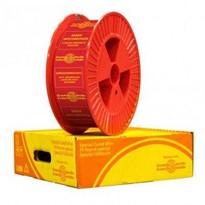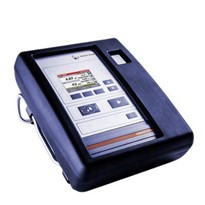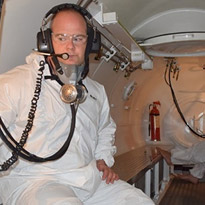RISK FACTORS
When workplace noise and vibration occur at a high level or continue for an extended period of time, workers are at higher risk of experiencing temporary or permanent hearing loss.
Among those at high risk include industrial workers who are exposed to potentially damaging, high-noise situations as a result of equipment and processes associated with production, manufacturing, foundries, mills, and shops.
These high-noise situations often result from a combination of machine components and such operations as: crushing, cutting, extrusion, grinding, punching, riveting, and sanding.
While machine work and operations may be all in a day’s work for some employees, the associated noise can result in hearing loss that’s gradual, painless, and progressive.
3 HEARING-RELATED ISSUES CAUSED BY WORKPLACE NOISE
The cost of noise-induced hearing loss is shocking with a wide-reaching and holistic effect on a person’s physical, emotional, and occupational well-being.
Physical: Excessive and/or prolonged noise can destroy inner ear nerve endings, causing permanent damage that affects a person’s ability to perform daily tasks.
Psychological: Noise-induced hearing loss can cause a wide range of mental disorders such as irritability, sleep disturbances, anxiety, depression, isolation, and hostility.
Occupational: Hearing impairment often interferes with communication, concentration, and job performance; is a contributing factor to workplace accidents and injuries; and may have a negative impact on a worker’s lifetime earning potential.
3 SAFEGUARDS EMPLOYERS CAN PUT INTO PLACE
So, what can employers do to help their employees reduce exposure and conserve their hearing? Namely, implement an effective and ongoing hearing conservation program that includes three key components.
Test and monitor.
Under these guidelines, employers with employees exposed to an 8-hour TWA (time-weighted average) of 85 decibels or greater should:
- Monitor exposure levels and repeat monitoring when noise increases as a result of changes in production, process, equipment, or controls.
- Perform baseline hearing tests (audiograms) on affected employees.
- Conduct annual audiograms on affected employees and compare them to baselines.
Evaluate and ensure the adequacy of HPD attenuation for the specific noise environment.
For example, while earplugs have their rightful place in some hearing conservation programs, foam earplugs have the potential to deliver more attenuation variability than, say, custom-molded earplugs. Earmuffs, on the other hand, deliver less attenuation variability than either foam or custom-molded earplugs. The attenuation calculation, therefore, should be a key determinant in selecting the proper solution for the environment.
Fit, provide, and train employees on the use and wear of suitable HPDs.
One consideration should be comfort. Why? Because research shows workers will not wear HPD consistently and correctly if it is ill-fitting, awkward, or uncomfortable for any length of time. Not wearing HPD, of course, leads to increased noise exposure and greater risk for hearing loss, as demonstrated by a five-year study of audiometric data from 20,000 employees. 7 This same study also concluded that HPDs should be selected as much for comfort, convenience, and communication, as for ability to reduce noise.
While earplugs may, at first, seem like a simple, obvious, and cost-conscious solution to noise in the workplace, they are not necessarily the best solution for the grimy, grubby conditions of industrial facilities. In general, safety-conscious employers will want to evaluate over-the-ear, cap-mounted HPDs, which are more suitable for their unique working environment and comfortable enough for workers to wear all the time every time.
EFFECTIVE – AND COMFORTABLE – HEARING PROTECTION
There’s no getting around it. To be effective in helping prevent workplace-related hearing loss in noisy environments, HPDs must be worn constantly when noise levels are high. That means they must be comfortable enough for workers to wear them for as long as necessary. The fact is, if HPDs are removed for even a brief period of time, hearing protection and attenuation are dramatically reduced.
The new MSA V-Gard® Cap-Mounted Hearing Protection Line provides enhanced comfort, top-of-the-line performance, and upgraded style and fit.


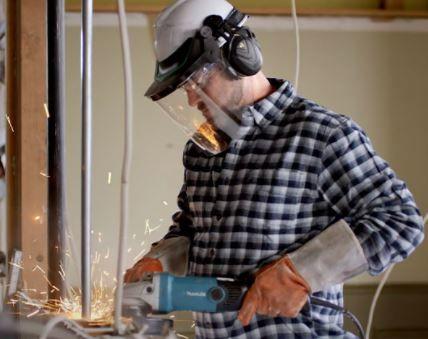
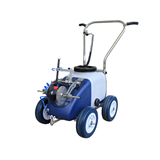
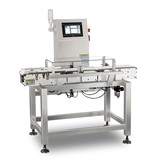


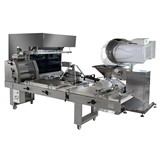

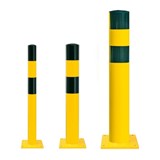



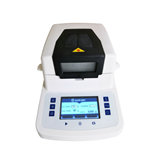
-160x160-state_article-rel-cat.jpg)


-160x160-state_article-rel-cat.png)
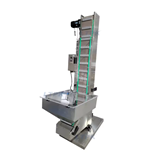

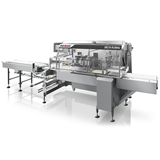


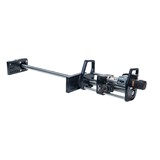
-205x205.jpg)
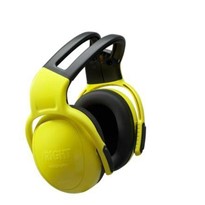
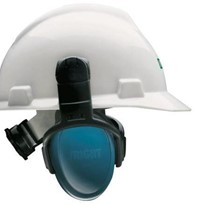
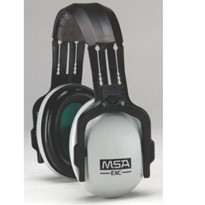
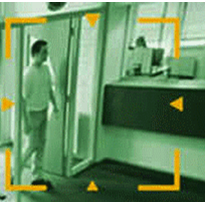
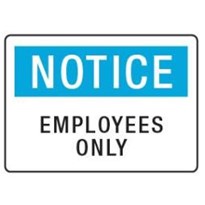
-205x205.jpg)


